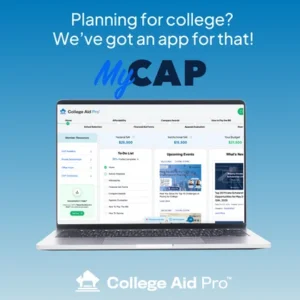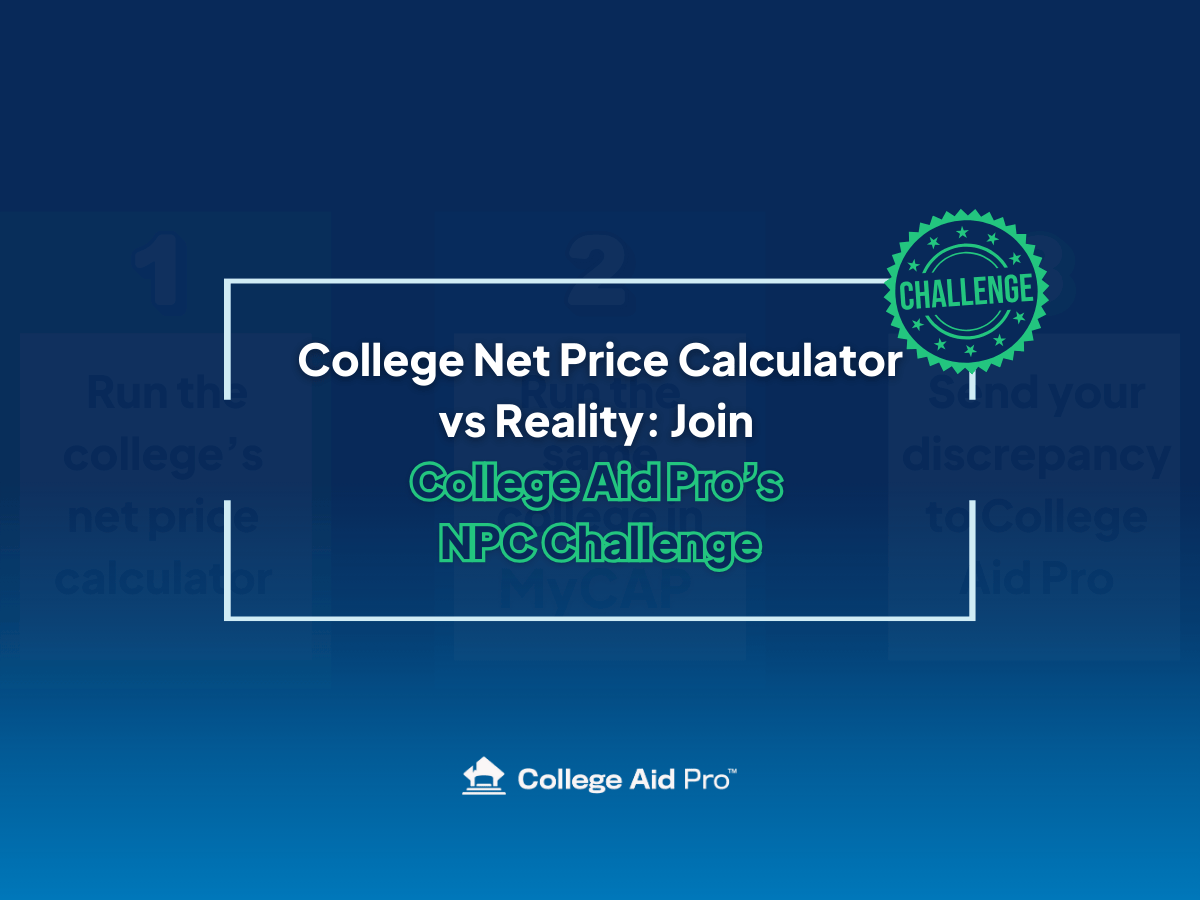 Pros and Cons Of Test-Optional College Admissions
Pros and Cons Of Test-Optional College Admissions
For years, students and parents have railed against the limitations of standardized testing.
They have claimed, and not without justification, that the SAT and ACT fail to encapsulate the entirety of a student’s imagination, intellect, and work ethic.
In other words, they leave little room for nuance.
Over the last few years, these complaints have been heard by a host of colleges and universities across the country.
Though the test-optional admission process dates back to the 1960s, Wake Forest University pioneered a test-optional culture for the 21st century way back in 2008.
In announcing their shift away from standardized testing, they claimed,
“It’s not that we think standardized tests are evil. We just think that the measure of your intelligence and potential requires a deeper dive. It’s about life experience, aspiration, work ethic, engagement and all of what makes you who you are.”
As of today, over 65% of all bachelor-degree institutions in the United States are test-optional.
While this is a welcome change for millions of students, college applicants should be reminded that the admissions process hasn’t necessarily gotten any easier.
The focus has simply expanded.
Before we continue, note that “test-optional” is an umbrella term that includes three categories within it:
- Test-Optional Colleges: Where students can decide whether or not to submit their test scores.
- Test-Flexible Colleges: Where students can submit other test scores in lieu of SAT or ACT (like Advanced Placement tests and International Baccalaureate exams, for example).
- Test-Blind Colleges: Where a student’s test scores aren’t considered at all (even if they’re submitted).
Be sure to fully research each of the test-optional colleges on your shortlist before submitting any application materials.

Pros and Cons Of Test-Optional College Admissions: The Benefits
As Wake Forest University aptly put it, “Numbers rarely tell the whole story.”
It seems almost shocking that so many colleges — bastions of the humanities and liberal arts — ever used standardized testing to build their student bodies in the first place.
To be fair, modern admissions policies are considerably more lenient than they used to be. As legend has it, when the college admissions process began at Harvard University in 1602, students were expected to be able to read and speak both Latin and Greek in order to attend.
Hey, maybe multiple choice doesn’t look so bad after all!
Still, without using standardized tests as the gold standard of a student’s worth, colleges can finally take an honest look at every application that comes across their desks. Things like community involvement, theater, speech and debate, and athletic participation all have greater value.
So if a student has a particular aptitude in the arts or sciences, and their intellectual or creative spirit can’t be captured by the SAT or ACT, it’s their time to shine.

Pros and Cons Of Test-Optional College Admissions: The Drawbacks
Make no mistake: the SAT and ACT still have value, and those who test well should flaunt it (more on that below).
In general, however, the main allegation against test-optional colleges is that the institutions themselves are using this change to drive up admissions numbers and become even more selective.
After all, it’s no secret that colleges pride themselves on having low acceptance rates.
This claim has some evidence to support it, as a study at The University of Georgia found that schools “receive approximately 220 more applications, on average, after adopting a test-optional policy.”
The same study also found that the test-optional policy incidentally boosted the average SAT score by 26 points.
Colleges are big businesses. Can anyone say they’re actually surprised?
Still, other detractors of test-optional colleges claim there’s an even larger danger to not submitting test scores: losing out on merit-based scholarships. While it’s true that such awards have long been based on standardized testing, there’s plenty of evidence to suggest that colleges are adapting to a post-SAT society.
In fact, more and more schools are awarding scholarships without test scores including Penn State, Miami University of Ohio, and Indiana University, to name a few.
Pros and Cons Of Test-Optional College Admissions: What’s the Right Call?
Our advice is simple: if students have impressive test scores, include them. It will not only strengthen your application, but it will increase your chances of earning merit-based scholarship.
If testing isn’t a student’s strength, that’s totally okay. Just know that admissions departments will be scrutinizing other areas of the application, including:
- Essays: College admissions offices place a major premium on a student’s essays. For students that forego standardized testing, the essay is probably the best place to showcase their writing style, ambitions, worldview, and personality.
- Recommendation Letters: While they can be easy to overlook, recommendation letters play a crucial role at colleges and universities. If you don’t submit test scores, be particularly selective with the teachers, coaches, and employers you choose to endorse your college application.
- Interviews: While admissions interviews aren’t terribly common, they will be especially important for students that don’t submit test scores.
- Academic Rigor: Colleges and universities love disciplined students, so be sure to feature any honors, AP, and IB courses you completed.
- GPA: According to a study by the National Association for College Admission Counseling, GPA ranked as the #1 factor in the admissions process. This will remain an integral factor for students withholding standardized test scores.
- Demonstrated Interest: Another very important factor in this test-optional world is “demonstrated interest,” which shows colleges how eager you are to attend their school. Universities lean heavily on demonstrated interest, as it is a trusted predictor of a school’s yield (the percentage of students who accept an offer of admission) and retention rate.
Conversely, demonstrated interest is important for students because it allows them to be more strategic with where they might choose to submit their test scores. For example, a student may decide to submit their SAT/ACT results to their top choice college but withhold them for their secondary and tertiary options.
Pros and Cons Of Test-Optional College Admissions: Getting Started
It’s a great time to be a college student. Never before has there been this much optionality for college-bound families.
Plus, with advanced tools like College Aid Pro™, you can easily compare and contrast your top schools until you find the perfect fit.
Remember: you’re in the driver’s seat, and these colleges are lucky to have you (not the other way around). Make sure you leverage all your tools to get the absolute best return on your investment.



